Articles
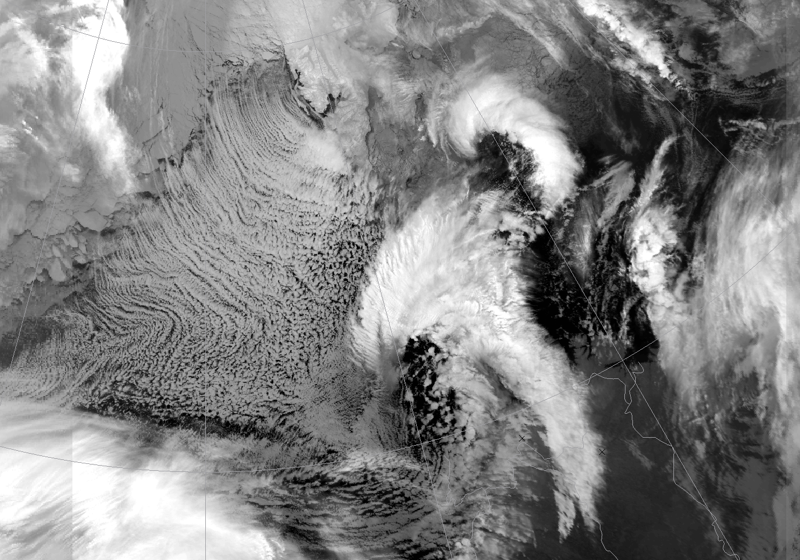
Polar lows explained
Last updated:
Chart layers from the Norwegian Meteorological Institute (MET Norway) are being provided by BarentsWatch to show the probability of a Polar low hitting an area within the next 42 hours.
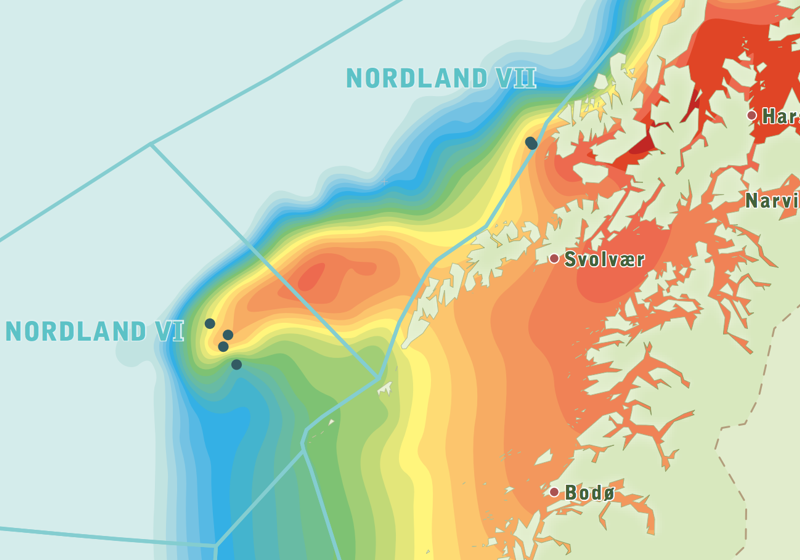
The geology behind the oil miracle
Last updated:
The geological conditions on the Norwegian Continental Shelf are favourable for discoveries of oil and gas. This is not the case onshore.
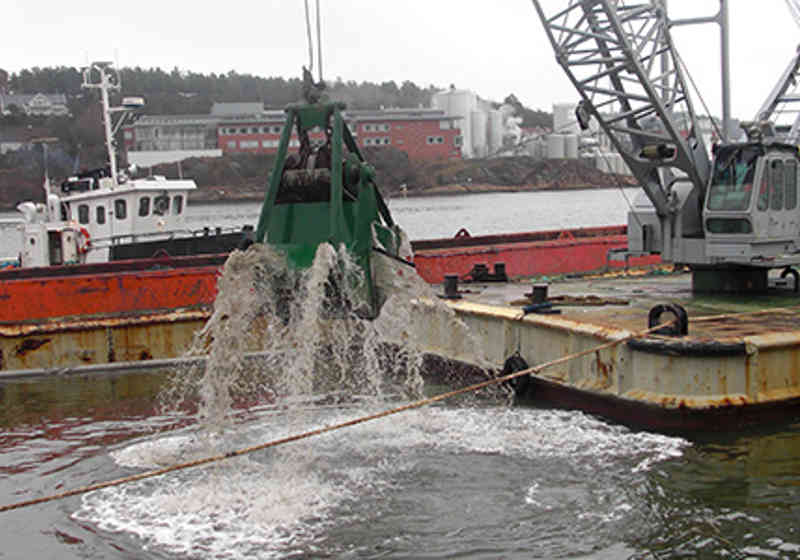
Seabed pollution can spread more widely
Last updated:
Discharges of environmental toxins mean that the sea bottom in and around many Norwegian ports and fjords has become very polluted. These substances can be absorbed by fish and shellfish, and represent a threat to living organisms.
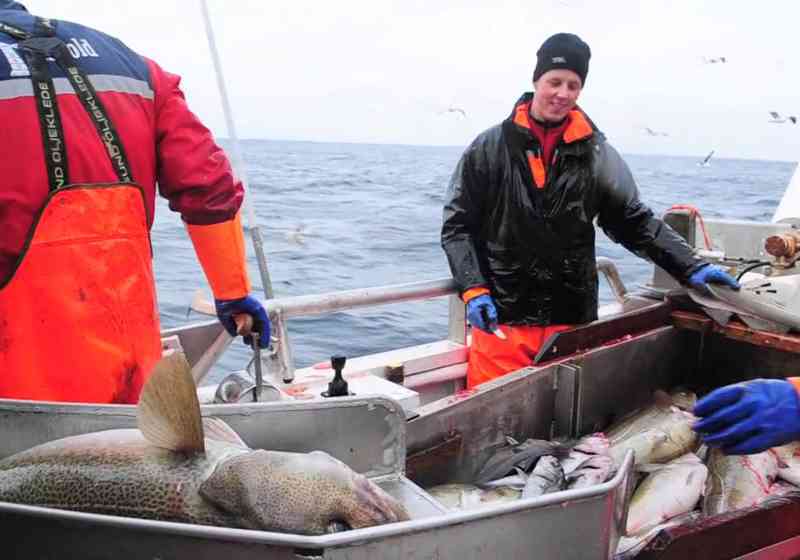
FishExchange
Last updated:
This project gathers data about fish stocks in the Barent Sea.
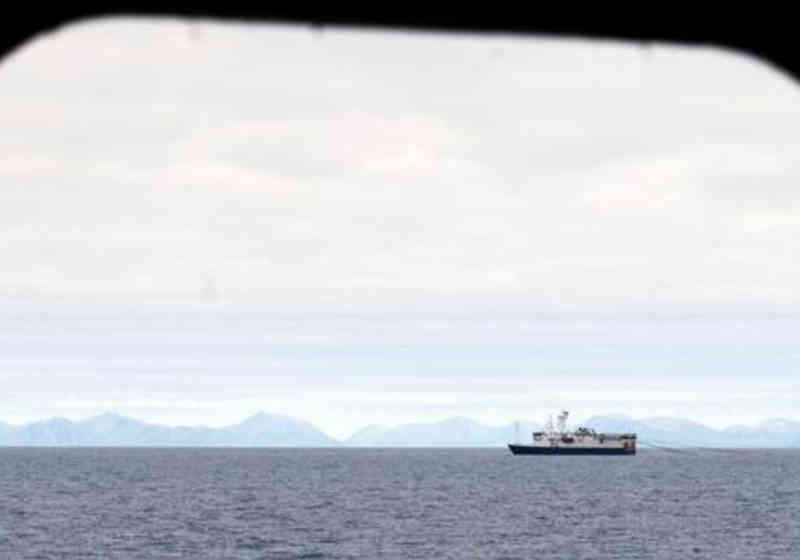
Precautionary advice about seismic activity
Last updated:
The Institute of Marine Research provides several hundred consultation responses to seismic survey applications annually. The Institute's precautionary approach is to advise against seismic activity in active spawning areas and in concentrated spawning migration routes.
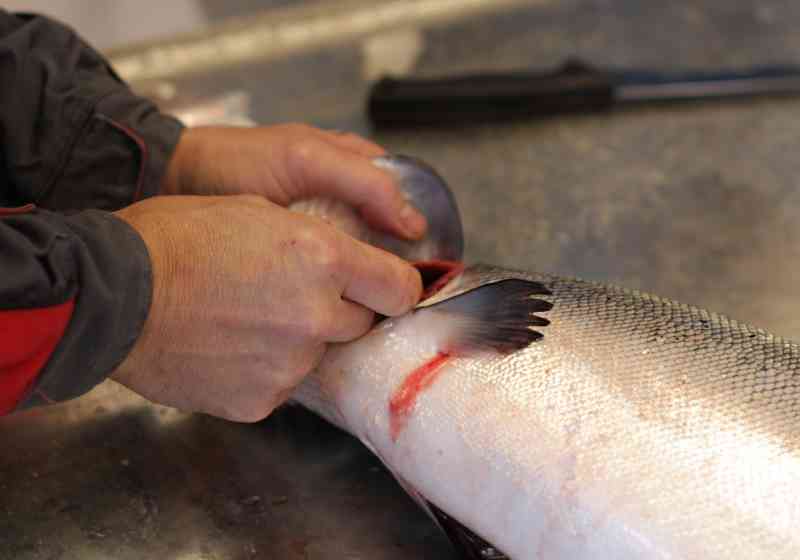
Establishing risk in Norwegian aquaculture
Last updated:
A risk assessment of the national fish farming sector has been commissioned by the Norwegian Directorate of Fisheries to back its management of this industry. But much more needs to be learnt.
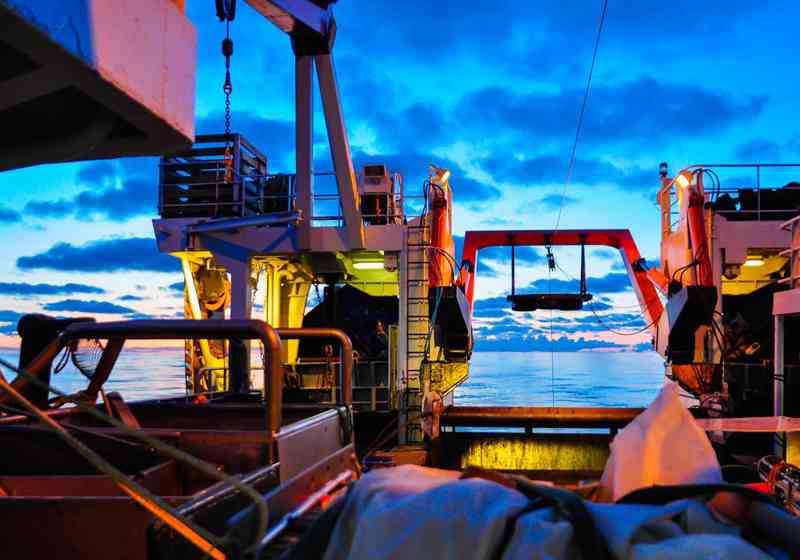
Management of Living Marine Resources in the High North
Last updated:
The sub-Arctic waters of the Norwegian Sea and the Barents Sea – are home to some of the world's richest fish resources.
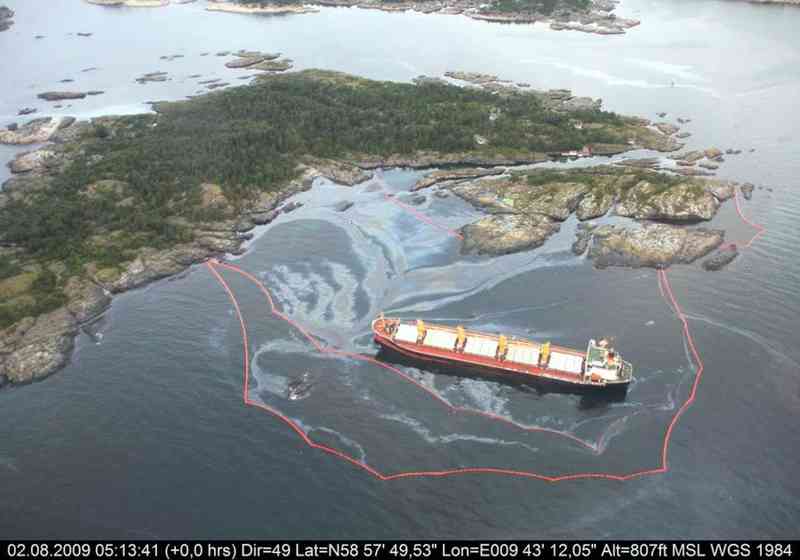
Getting coasts cleaner in Norway
Last updated:
Reduced discharges, clean-up efforts and global chemical bans have improved environmental conditions along many parts of the Norwegian coast. But new toxins are constantly being introduced without knowing about their impact on nature, animals and people.
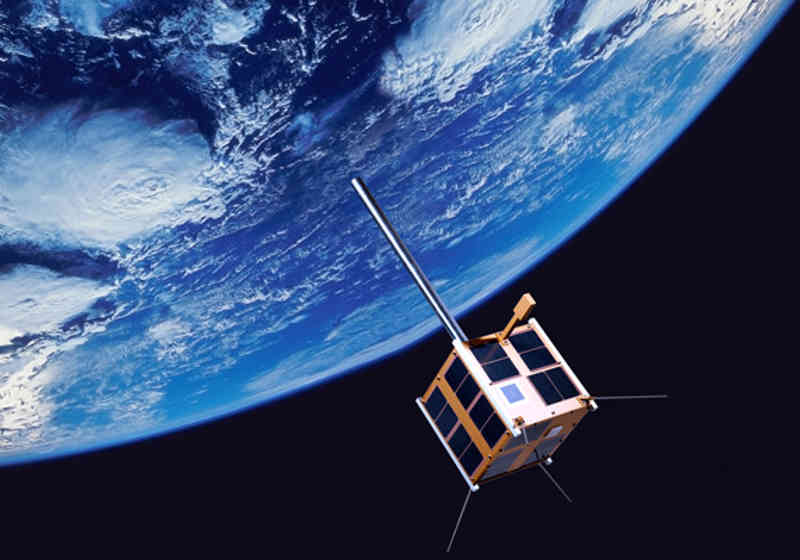
Satellite-based AIS
Last updated:
The AISSat-1 satellite keeps its eye on shipping traffic in Norwegian and international waters.
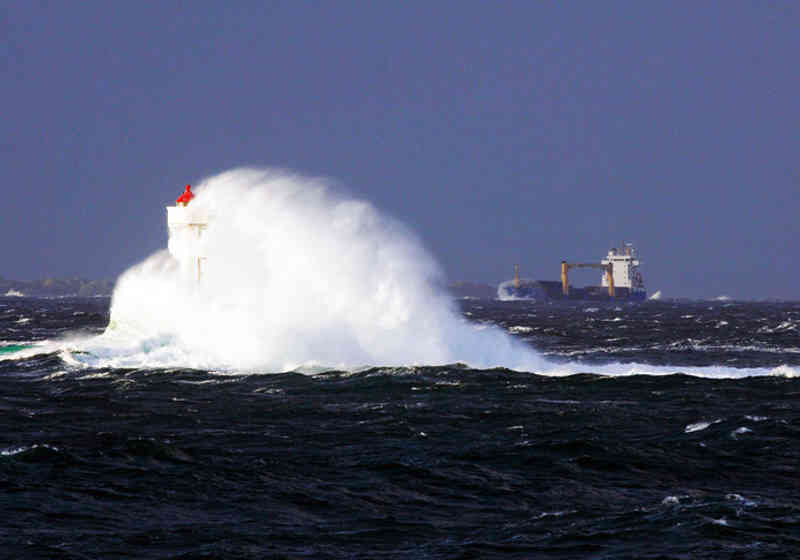
Getting more freight off the road onto the sea
Last updated:
The Government is keen to switch more freight transport from road to sea. Transporting freight by sea is energy-efficient, causing relatively low greenhouse gas emissions.